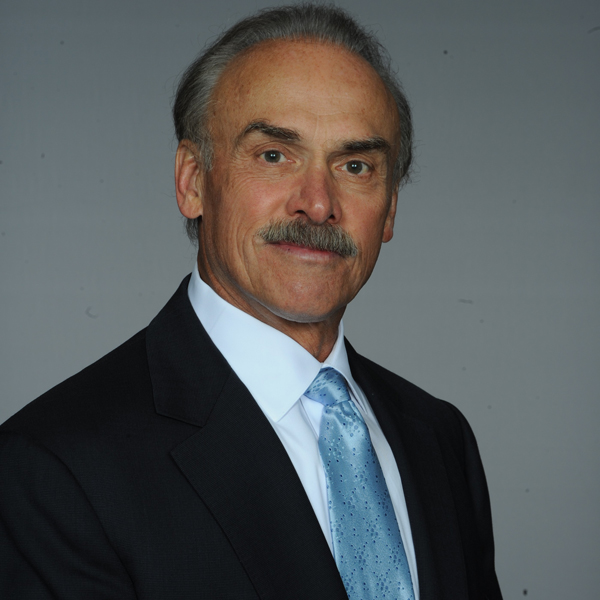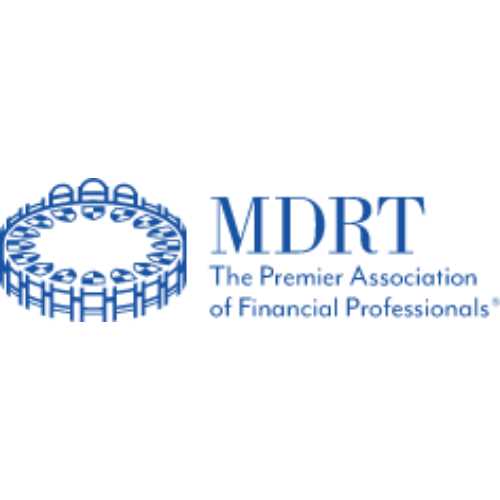
John Baldoni
- Internationally Recognized Leadership Educator and Coach
- Top 100 Leadership Speaker (Inc.com)
- Lifetime Achievement Award for Trust (Trust Across America)
Travels From
Michigan
John Baldoni Speaker Biography
John Baldoni is a globally recognized leadership educator, certified Master Corporate Executive Coach, and author of 16 books that have been translated into ten languages.
John’s thought leadership is reflected in his writing as well as his choice of media: columns, videos and books. John also integrates piano improvisations into his keynotes which he illustrates with his still life photos. John is also the host of LinkedIn Live’s GRACE under pressure interview series, a platform that has enabled him to interview more a hundred global business, academic and thought leaders and doers.
John’s books include Grace Notes: Leading in an Upside-Down World, GRACE: A Leader’s Guide to a Better Us, MOXIE: The Secret to Bold and Gutsy Leadership, Lead with Purpose, Lead Your Boss and The Leader’s Pocket Guide. Coming April 2023 is Grace Under Pressure: Leading Through Change and Crisis.
In 2022, Thinkers 360 named John a Top 10 Thought Leader for both Leadership and Management. Also in 2022, Global Gurus ranked John a Top 20 global leadership expert, a list he has been on since 2007. In 2021, the International Federation of Learning and Development named John a World-Class Mentor and named him to its Hall of Fame. In 2018 Inc.com named John a Top 100 speaker and Trust Across America honored John with its Lifetime Achievement Award for Trust. In 2014 Inc.com listed John as a Top 50 leadership expert.
John is also a member of the renowned 100 Coaches, a group of executive coaches and thought leaders from the worlds of business, academia and social service. 100 Coaches was founded by Marshall Goldsmith.
John established a career as a highly sought-after executive coach, where he has had the privilege of working with senior leaders in virtually every industry from pharmaceutical to real estate, packaged goods to automobiles, and finance to health care.
John has authored more than 800 leadership columns for a variety of online publications including Forbes, Harvard Business Review and Inc.com. John also produced and appears in a video coaching series for SmartBrief, a news channel with over 4 million readers. John is the author and host of two online leadership courses: “Leading through Change & Crisis” and “Leading with Resilience + Grace” for Methods of Leaders/100 Coaches.
To book leadership speaker John Baldoni call Executive Speakers Bureau at 901-754-9404.
Grace under Pressure: Leading Through Change & Crisis
Crisis can bring out the best in leaders; they must rise to the challenge of a world turned upside down. The very best leaders do this by leveraging their purpose with their sense of grace.
Leaders need to demonstrate resilience in the face of adversity, provide clarity in times of uncertainty, and deliver hope when fear abounds. And do it all with a sense of grace that reflects humility, empathy and respect for others.
In his keynote, John Baldoni reveals how leaders use the concept of grace to help us learn, grow and fulfill the “greater good.” The presentation explores three concepts:
• Take Care of Your Team (Adversity, Stress, Resilience, Affirmation)
• Take Care of Yourself (Make This Your Finest Hour!)
• Prepare for What’s Next (Capitalize on the Crisis)
Lead with Purpose: Giving Your Organization a Reason to Believe in Itself
When an organization succeeds it is because they know what they do and why they do it. We say they have purpose.
It is up to leaders to make certain that organizational purpose is understood and acted upon. Based upon research and interviews with business executives in multiple sectors I have concluded that there are five key people-smart things that businesses must do to succeed in the new future.
In this presentation, John will explore:
• How defined purpose can help your team thrive and achieve
• Ways to make people your first priority
• How to turn good intentions into great results
• How to make employees “comfortable with the uncomfortable” (i.e. ambiguity)
• How make it safe to fail (and prevail)
• How to create your legacy with emerging leaders
Lead with Spine
Leading with spine is rooted in the moral authority we exert to act upon the “better angels of our nature.” SPINE as an acronym forms the “backbone” of my presentation.
• Strength is standing up for what you believe and acting on those beliefs. “Moral authority,” wrote Stephen Covey, “comes from following universal and timeless principles like honesty, integrity, treating people with respect.”
• Principle is rooted in purpose. Principle becomes the very marrow of the spine. It gives it the ability to remain upright in the face of adversity.
• Integrity is the expression of ethical behavior. Telling the truth and holding oneself accountable is fundamental to behaving with honor, living not just for oneself but for the good of others.
• Nurture is the caring side of leadership. It means investing yourself in the development of others. Another form of nurturing is coaching, finding ways to guide, and at the same time challenging them to do their best.
• Energy is what is necessary to catalyze the organization. Leaders need to invest themselves in creating opportunities for others. That requires exertion.
Influencing from the Middle: Leading Your Boss & Your Peers
“Leading up” is the process of leading your organization from the middle. It requires the mindset of a CEO with the authority of a middle manager. Leading up and from the middle requires two things: influence and action. Influence is necessary to open doors so you can be heard. Action is necessary to implement your plan. Those who succeed at leading from the middle are artful and adept managers. They utilize their management skills to establish goals, plan projects, organize people, and execute projects on time and on budget.
"Influencing from the Middle" presents ways that managers can create and leverage their influence to build coalitions in order to effect positive change and achieve organizational goals.
In his presentation, John will teach how to:
• Influence up, down and across the organization
• Lead bosses and peers to achieve greater results
• Build a coalition of peers
• Create the impetus for organizational effectiveness, e.g. making good things happen
• Become an agent of positive change
• Ask the right questions at the right time
• Demonstrate authority, conviction and compassion
• Deliver practical tips for leaders who must communicate, delegate, manage and inspire























